Continuing our exploration of the San Antonio missions, we traveled a short three miles south of Mission Concepcion to visit the "Queen of the Missions" - San Jose. This largest of the San Antonio missions was founded in 1720, but construction of the limestone church itself (in the Spanish colonial Baroque style) was not started until 1768. The complex was officially declared completed in 1782. All of the missions were not just churches, but also communities. At its peak, San Jose supported 350 native Americans, in addition to thousands of live stock. This is the best preserved of the missions we have visited, thanks, in part, to the efforts of the Work Projects Administration (WPA) during the FDR era. As we walked the grounds, it was not hard for us to envision what daily life must have been like here in the 1700's. The two-room apartments along the outside walls where 84 native American families lived; the shere number of stone baking ovens strategically placed next to the living quarters; the number of wells within the compound; and the immensity of the complex itself, were all stunning. Yet, life was quite regimented; daily religious instructions; worship three times per day; plus all the work need to feed, clothe, and raise families. Guards on horseback continually kept guard outside the walls against hostilities from raiding Apaches or Comanches. We were thrilled and delighted to have had the chance to spend time here.
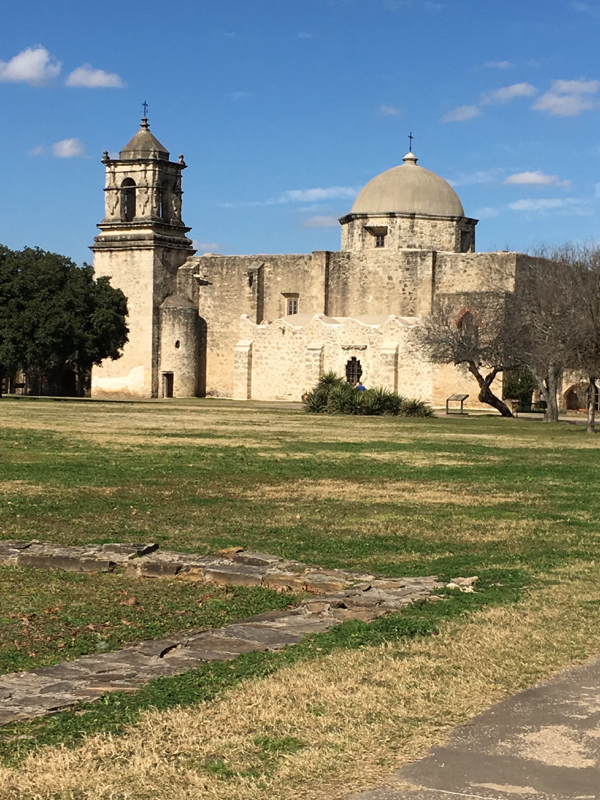
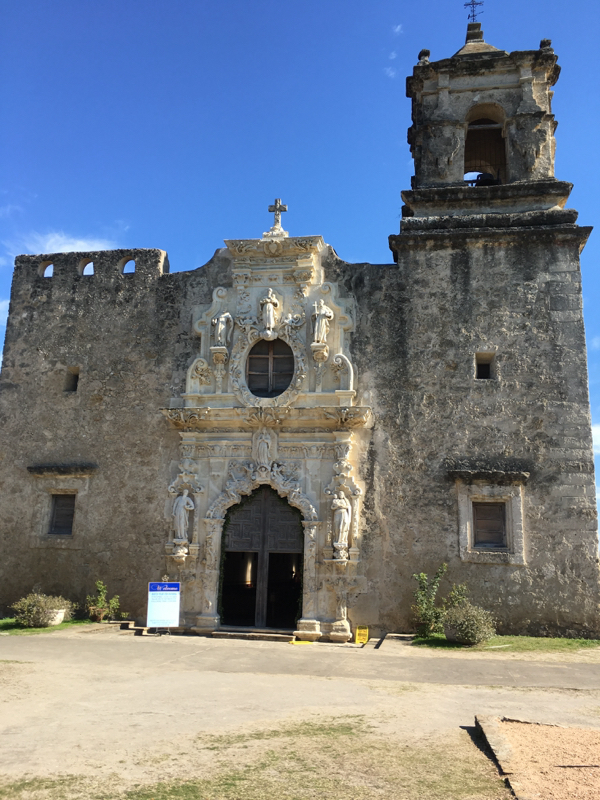
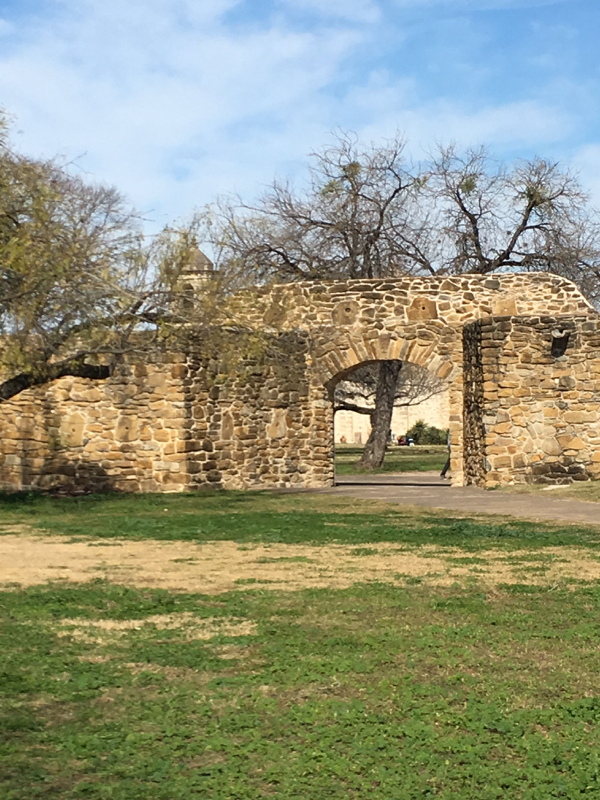
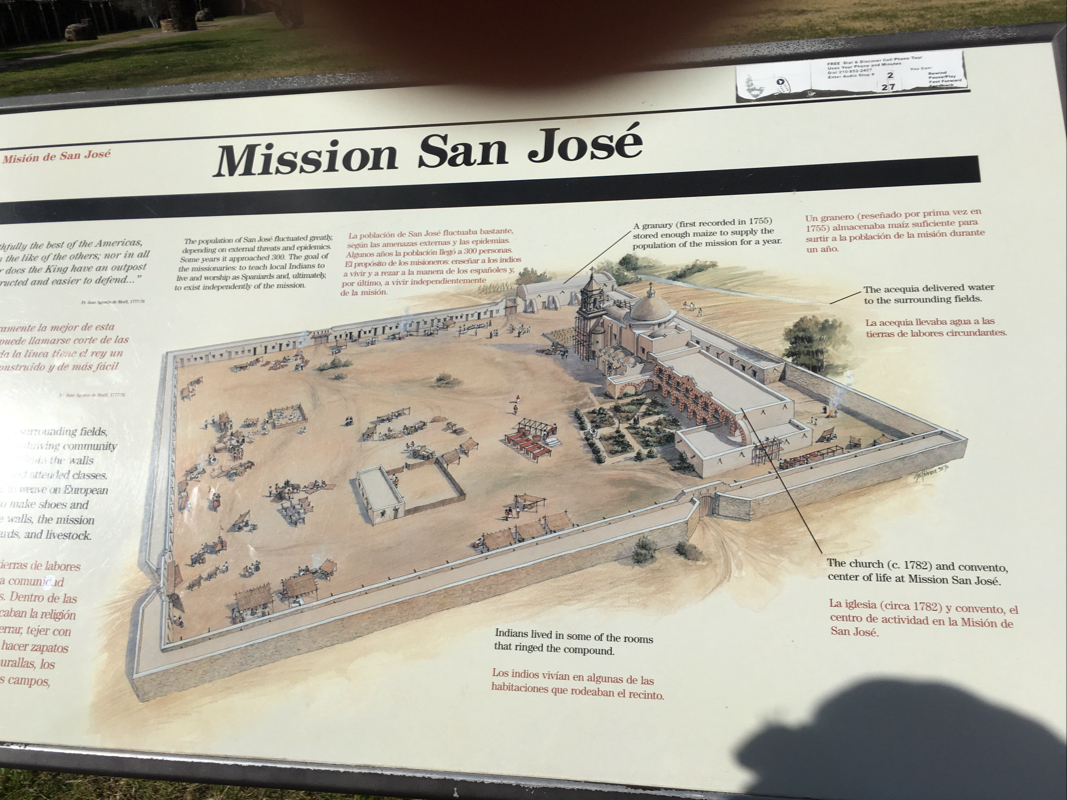
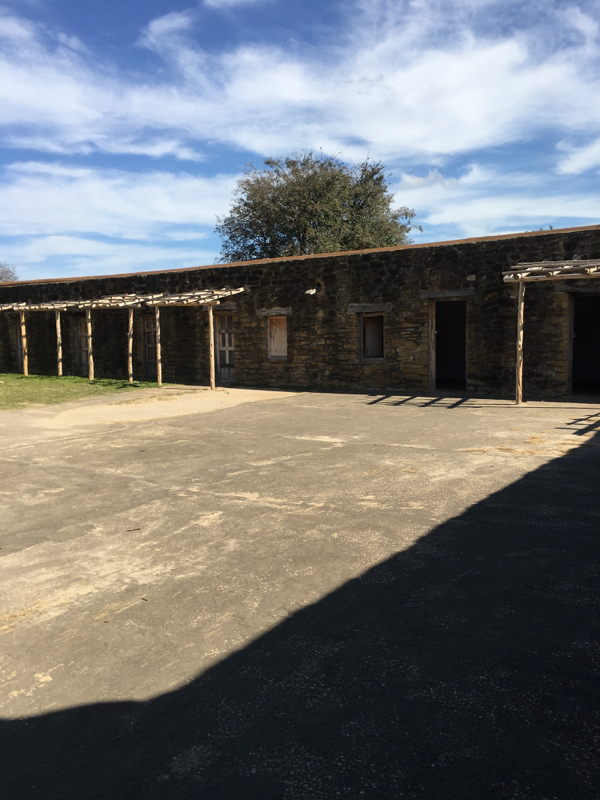
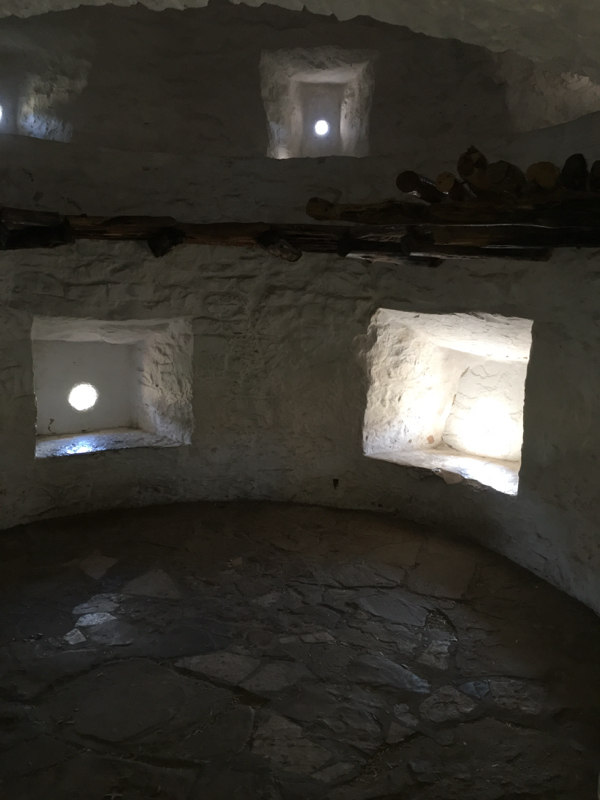
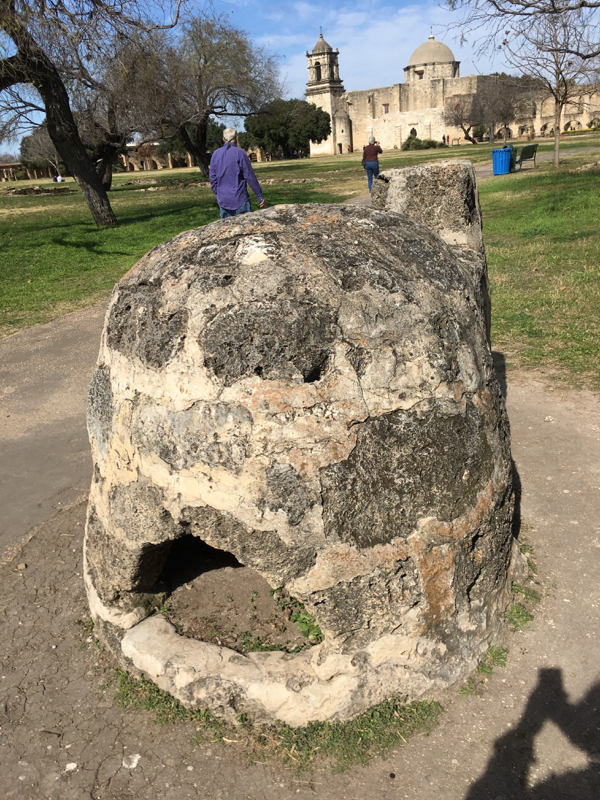
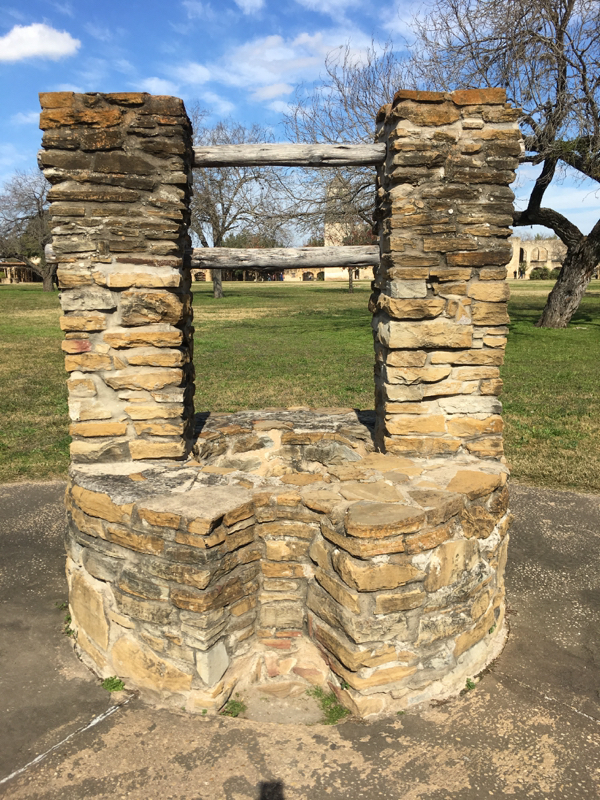
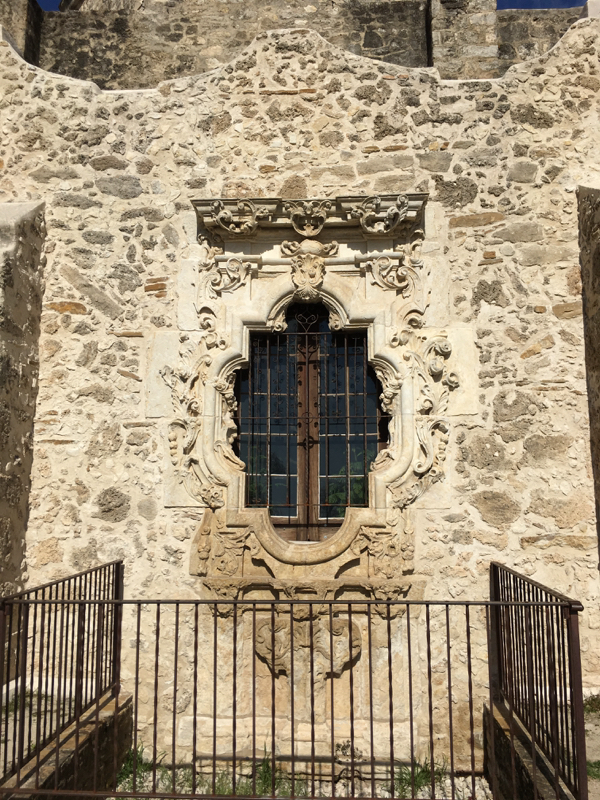
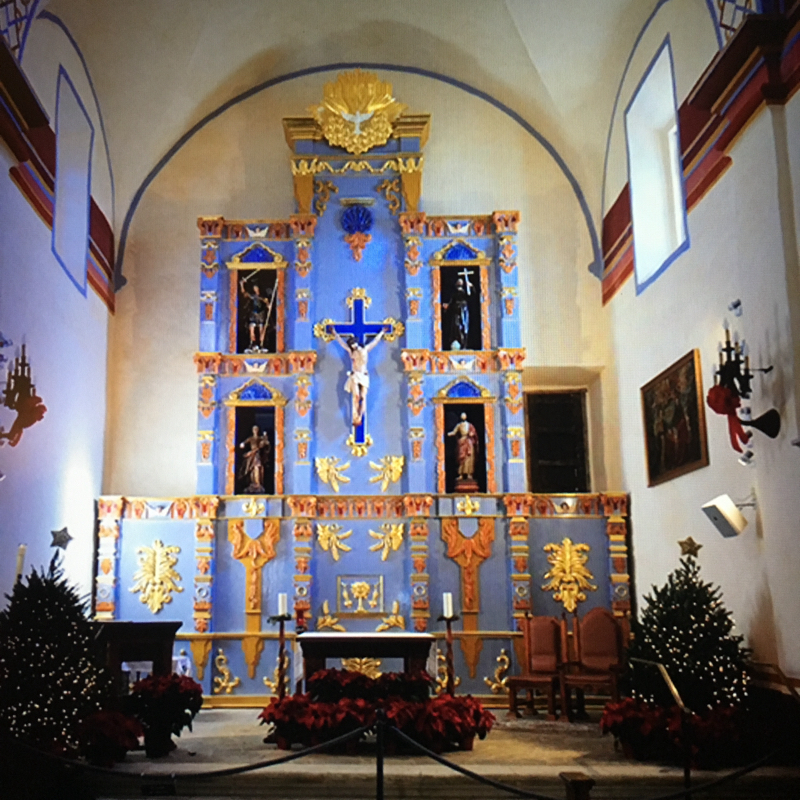
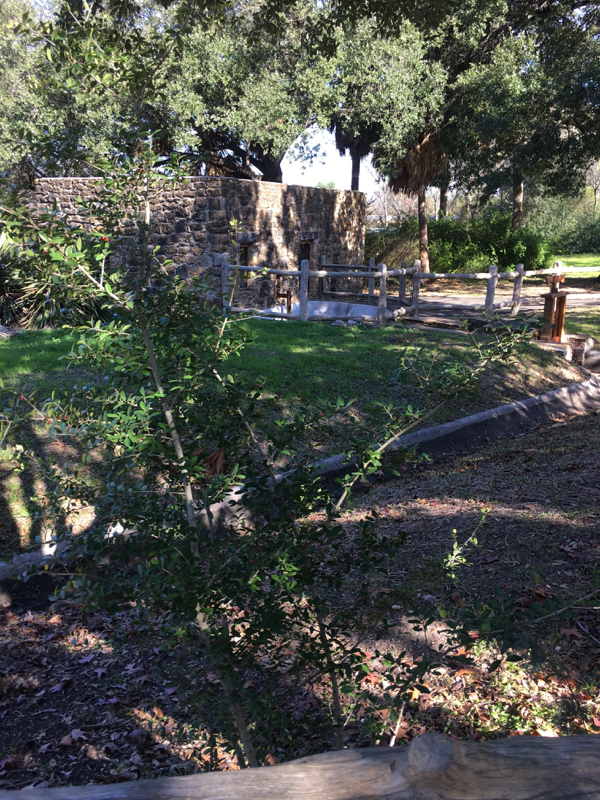
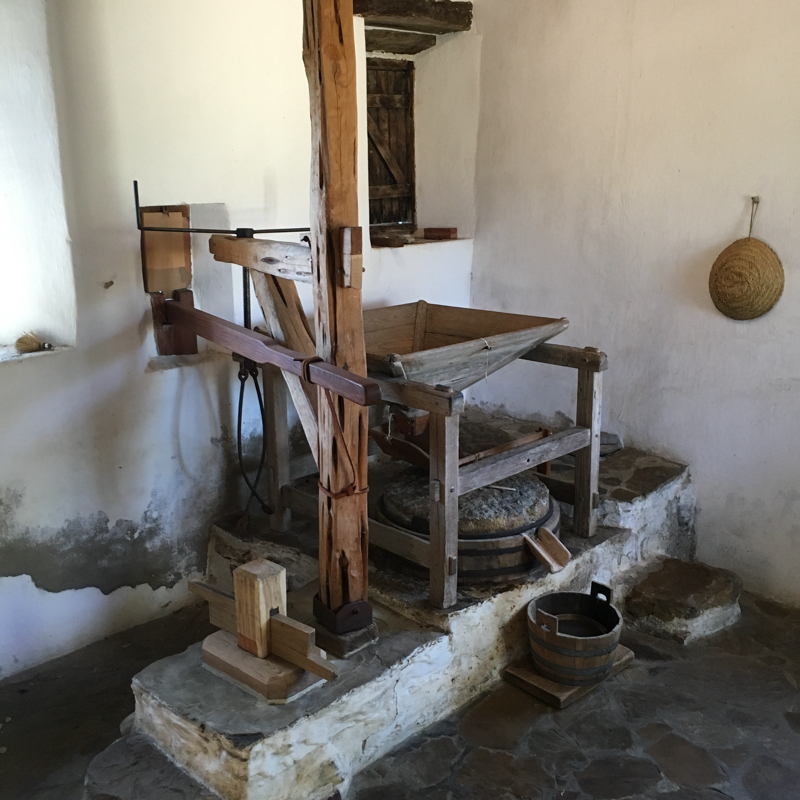
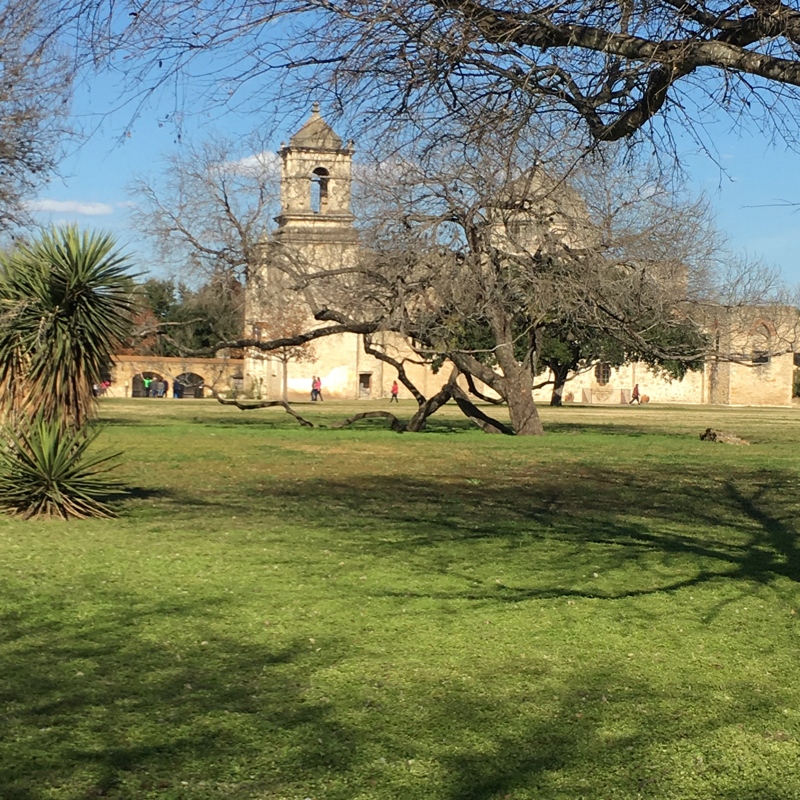
 RSS Feed
RSS Feed
